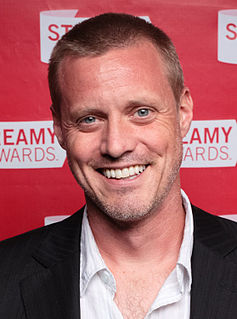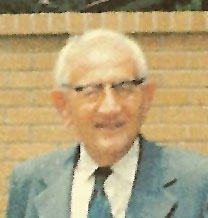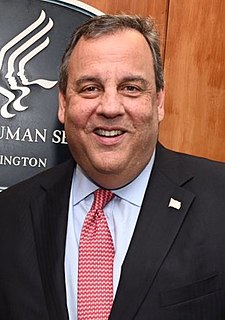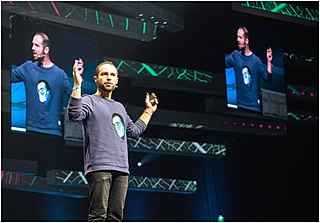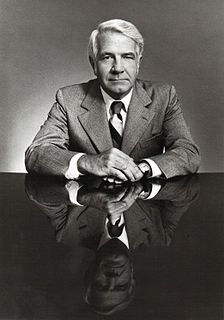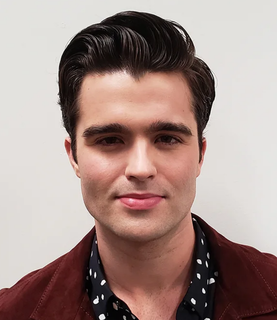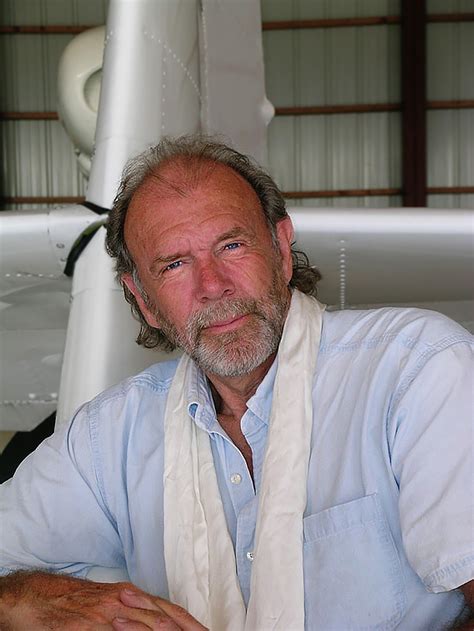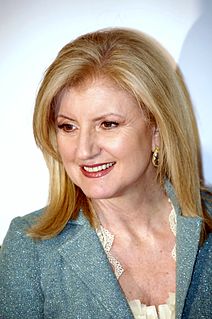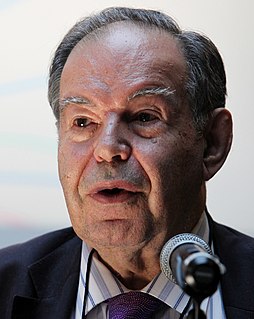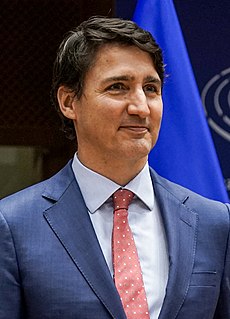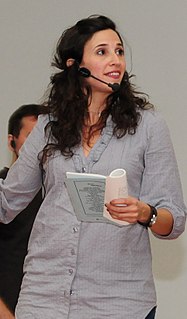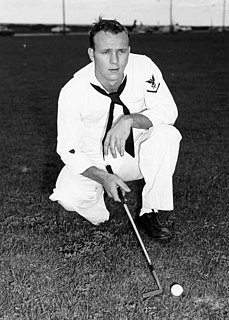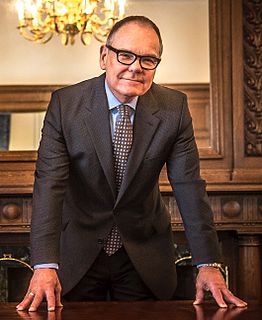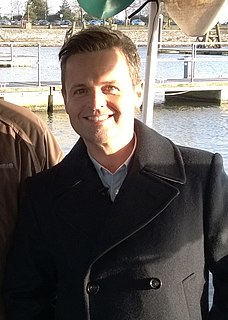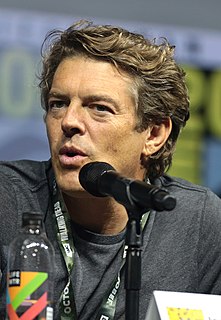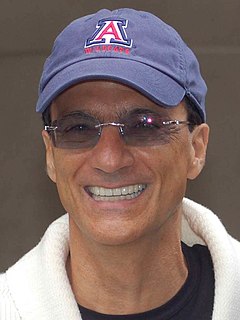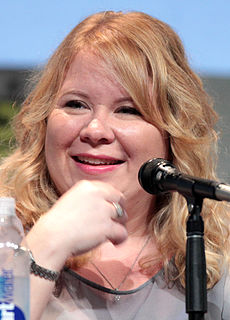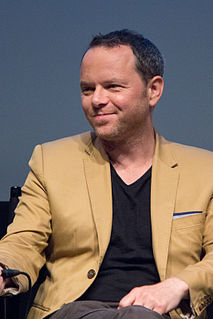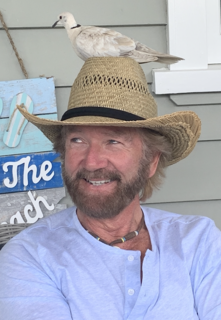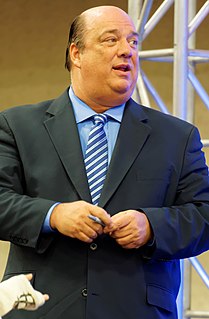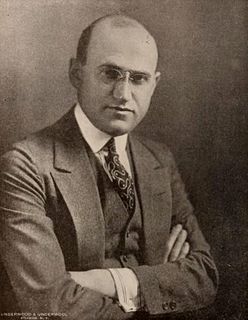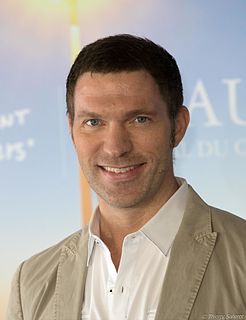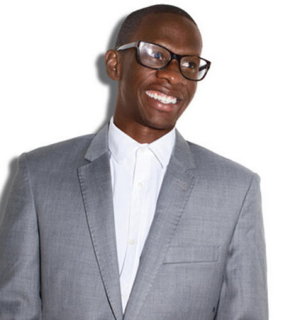A Quote by Chris Carter
Learning to fly an airplane taught me a way of thinking, an approach to problem-solving that was applicable and effective. Pilots are very methodical and meticulous, and artists tend not to be.
Related Quotes
I studied neuroscience at the cellular level, so I was looking at learning and memory in the visual cortex of rats. Neuroscience mainly exposed me to a way of thinking - about experimentation, about what you believe to be true and how you could prove it - and how to approach things in a methodical manner.
The first and foremost duty of the high school in teaching mathematics is to emphasize methodical work in problem solving...The teacher who wishes to serve equally all his students, future users and nonusers of mathematics, should teach problem solving so that it is about one-third mathematics and two-thirds common sense.
My mother was a continual source of wisdom and great advice...she taught me that there is always a way around a problem-you've just got to find it. Keep trying doors; one will eventually open. She also taught me to accept failure as part and parcel of life. It's not the opposite of success; it's an integral part of success. I talk a lot about learning to become fearless in your approach to life. But fearlessness is not the absence of fear. It's the mastery of fear. It's all about getting up one more time than you fall down.
Collaboration is important not just because it's a better way to learn. The spirit of collaboration is penetrating every institution and all of our lives. So learning to collaborate is part of equipping yourself for effectiveness, problem solving, innovation and life-long learning in an ever-changing networked economy.

